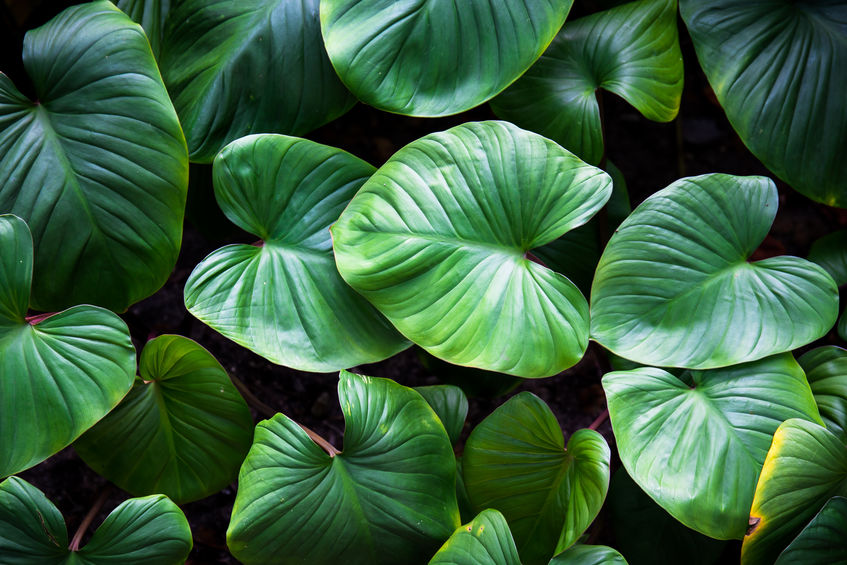In a perfect world, plant-based packaging would refer to the gorgeous yellow peel of a banana or the silky green husk on an ear of corn. Unfortunately, not all foods come with nature’s perfect sustainable packaging, and humans as a species are forced to adapt in order to stay safe. In this case, plant-based packaging refers to plastics and other materials that, rather than being derived from fossil fuels, are instead manufactured from plant products. Here’s what you should know.
The Basics of Plant-Based Packaging
Plant-based packaging is essentially a form of packaging that utilizes materials taken from sustainably-grown plants rather than from petroleum. Plastic is the most common type of packaging that utilizes non-renewable materials, and for the most part, when a food manufacturer or contract packager refers to “plant-based packaging,” it is referring to a product called bioplastic.
To date, there are two common types of bioplastics, and these include options like biodegradable PLA and bio-PET. Though similar, and though both are derived from plants, they are quite different. Biodegradable PLA, which stands for polylactic acid, is made when companies employ bacteria to ferment dextrose into lactic acid. Dextrose, of course, comes from cornstarch, which is far more renewable than petroleum. Bio-PET, which stands for polyethylene terephthalate, is made from plant-based monoethylene glycol, or MEG. Though MEG is usually derived from petroleum, it can also be derived from plant residue, which is the reason for the “bio” prefix in this case.
Reasons to Make the Switch
There are some food manufacturers who have already made the switch to plant-based packaging, and still others are in the process of following suit. The benefits in doing so are numerous, especially now that the cost associated with manufacturing these products has decreased substantially since they were introduced. Depending on the plant-based bioplastic you choose, it offers the same (if not better) protection as its petroleum-based counterpart. What’s more, as consumers become more environmentally conscious, they will continue to demand more eco-friendly solutions in all areas of their lives, including the foods they purchase.
Combining Plant-Based Packaging with Nanotechnology
Several companies around the world in places like Portugal and Greece have created “smarter” bioplastics that better protect foods through the use of nanotechnology. In these cases, the nanotechnology is being used to create a better oxygen barrier than any plastic alone can provide, and in turn, the foods last far longer. These bioplastics are being coated with a compound created by an EU group known as SINTEF. The main project is geared toward incorporating biosensors into packaging that notifies consumers when a food is no longer fit for consumption.
Not only does this coating block more oxygen and allow foods to last far, far longer than before, but it also does away with the need for “best by” or expiry dates. These dates often vary based on how well consumers reseal food, the temperature at which foods are stored, whether the foods are exposed to moisture, and much more. A single date cannot cover all of the variables, but the sensor built right into the bioplastic certainly can. The best part? The bioplastic’s carbon footprint – even when the sensors are built in – is far smaller than that of standard food packaging.
It’s easy to see just how far plant-based packaging has come over the last couple of decades. Once upon a time, it was costly and difficult to produce, making it unrealistic for most food manufacturers. These days, though, bioplastics are far more affordable, and as consumer awareness (and the demand for longer-lasting foods) increases, so will the demand for products that utilize eco-friendly plant-based packaging.

